Although I took these pictures a couple of months ago and stored them in my ant-ry, I'm writing the commentary now, which should be interesting. So I can give you a grasshopper update. Bill got back from Florida today. Yay. About time. He's completely exhausted and horizontal at the moment. He has a lot of nice Florida pictures, but needs to sleep for about 12 hours before anything much can happen. Hang in there.
I hung in all week, single-momming it. Both kids had fever, sore throat and coughing for most of the last ten days. Once the fever and gurgly cough subsided, the upchucking started. Liam woke me on Saturday in the wee hours with a couple of strangled "Mommy?'s" Never something you want to hear at 1:30 AM. But what you really don't want to hear is the sound of his dinner hitting the Berber carpet right outside your bedroom door. In my struggling-to-awaken mode, I imagined he had just dropped a box of crayons outside my door. No such luck.
Poor little guy was so sick, he didn't think to go, oh, about six inches to his left into the bathroom, which has nice receptacles for catching one's dinner. Sink, toilet, tub, please, any one will do. No, the carpet caught it. He must have taken lessons from his little black-and-white brother, who likes to urp on absorbent, soft surfaces.
By the time Phoebe got to that stage, we were READY and had done a couple of upchuck drills. OK, kids. Look at me. If you feel queasy, head for the bathroom. Got that? Mommy doesn't like using a spatula for anything other than cooking in the kitchen.
All right. We're done with that. Both kids were able to go to school today and they're eating like horses again, no sore throat, no fever, no nausea, no coughing. Life is good. Daddy's home (well, his corporeal body is here.) Down to painting!
The first thing I did, after transferring the drawing onto the full sheet of watercolor paper, was to stretch the paper. I sprayed the back of the paper with water, and put it on a rigid sheet of white foamcore (Miracle Board). It's super lightweight but strong enough to hold against buckling paper. I stuck the paper to the board with white gummed paper tape around the edges and waited for it to stop buckling and stretch taut before doing anything else.
Now it was time to mask the birds. I use a combination of masking film and liquid masking compound. I cut the bird's shape out of film, and use liquid compound to mask all around the edge of the masking film so paint can't creep under the film and ruin the nice white spot I've left for the bird. In this picture, you can see the ghostly shapes of the masked birds. I've started painting my thunderhead at the bottom. I can paint right over the masked birds and not worry about leaving a space for them. When I peel the masking film off, I'll have clean paper to work with.
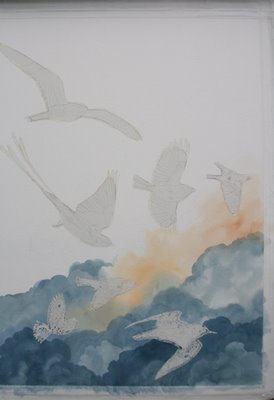
Everything happens really fast now, because the clouds are all painted wet on wet. I move up the page. I'm trying for that peachy glow some thunderheads get when they look as if they're lit from within. I also want that hard-edged look they get when they stack up against a blue sky. So I lay in the blue sky, making random cloud edge shapes as I go. Yikes, this is a big piece of paper. I decide as I'm manipulating this enormous blue wash--remember, the nighthawk is almost life-size, a foot across--that I don't want the whole cloud edge to look hard. So I decide to drop a load of clear water on the white cloud shape, and streak it into the blue, and I scrub out a bit of the blue to suggest filmy high clouds behind the thunderhead. That's better. I like the smeary edges that wind makes when it blows over the top of big clouds. Now the cloud looks like it's communicating with the sky, instead of just standing in front of it.
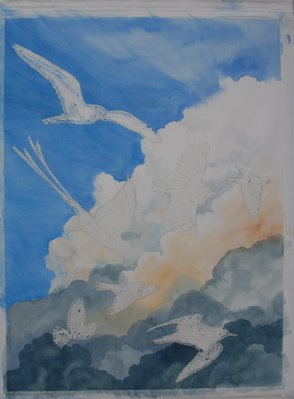
I have to leave the blue sky alone now, and let it dry. I step back and study the painting. I think I've gone too far on the dark clouds at the bottom. They're too dark to look believable. So I take a wash of Chinese white and cobalt violet over the darkest ones, underneath the turnstone's wing. Yeah, that's better.
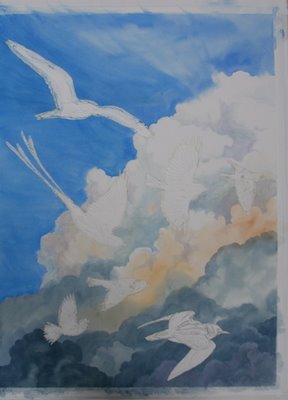
Charlie approves. Yes, he walks on my big paintings. And no, I'm not worried that he'll poop on them, because parrots like to poop into space, and only poop on a surface they're standing on if they can't hold it any longer. Budgies, on the other hand, will poop anywhere, so when I had a free-flying budgie, I had to put paper down over my paintings as I worked. I do make sure that he hasn't recently eaten pomegranate or cherries, and sometimes I wash his feet before I let him stomp across my paintings. But that's one awfully nice thing about watercolor--it isn't messy or toxic and it dries fast.
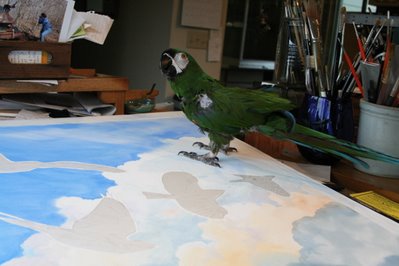
Time to paint the turnstone. Oh, now the fun starts. Painting the clouds is fun, but it's also kind of nervewracking because I had to do it so fast--within an hour or two. I want the cloudscape to look like watercolor, and I don't want to noodle away at it making it perfect. I want this to look like a painting in the end.
In transparent watercolor, you leave white paper for the whites. I shade them a bit to model the form, but there's no white paint on this turnstone. So I tint the white shadows, and move on to the rusty back. Black is the last color to go in. I chose a turnstone for the bottom of the page because his bold colors and black wings will help add weight to the bottom of the painting.
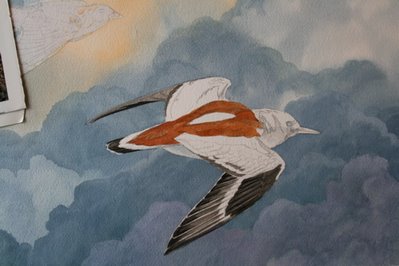
Within about an hour, the turnstone is finished. Well, it's been a good first day; sky and clouds done, and the first bird in my fantasy flock done. See that violet wash on the too-dark cloud? I wanted a color that would complement the turnstone's red. That and the slate-blue seem to work well with his colors.
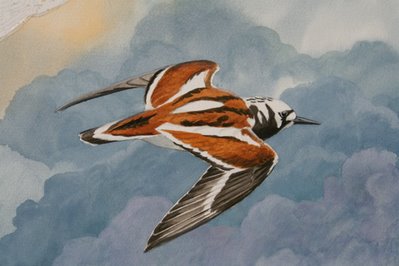
I take it outside, prop it against the house, and shoot it. What fun to see it evolve! With one bird in, I can imagine what it will look like with each bird I add.
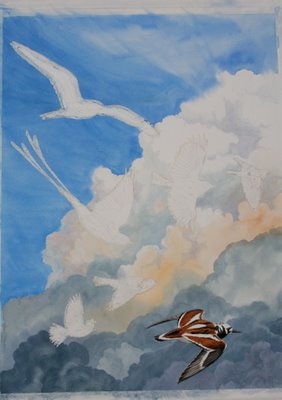
Mo' birdies tomorrow, and, I hope, no mo' Technicolor mommybloggin'.
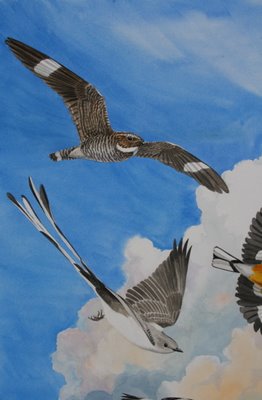 For one thing, it's gray, and I love working in grays. For another, it's impossibly ectomorphic and graceful and zippy and just perfect in every proportion. Even its wings are tapered and beautiful. I've painted everything. It's time for the carmine pink. Ready?
For one thing, it's gray, and I love working in grays. For another, it's impossibly ectomorphic and graceful and zippy and just perfect in every proportion. Even its wings are tapered and beautiful. I've painted everything. It's time for the carmine pink. Ready?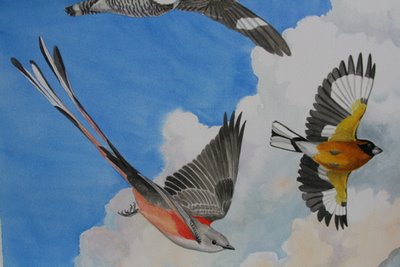
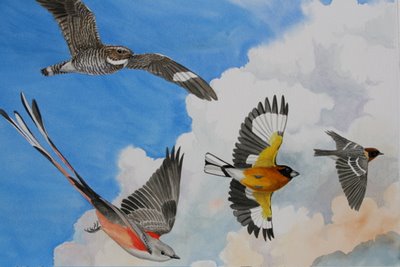
 And I guess it's done. Time to box it up (now there's a project) and send it off to Washington...
And I guess it's done. Time to box it up (now there's a project) and send it off to Washington...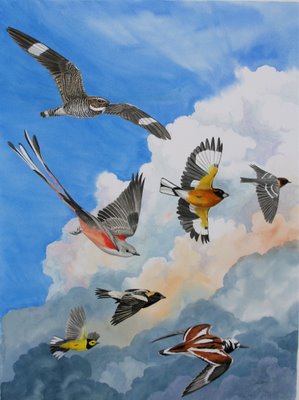
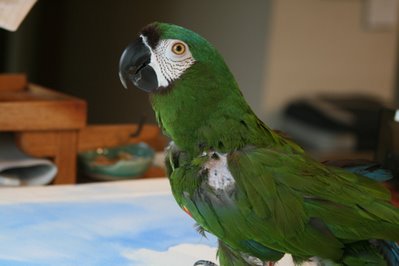 **anyone remember those awful Shake-n-Bake TV commercials, where the little girl yelps, "An' Ah Hayulped!"
**anyone remember those awful Shake-n-Bake TV commercials, where the little girl yelps, "An' Ah Hayulped!"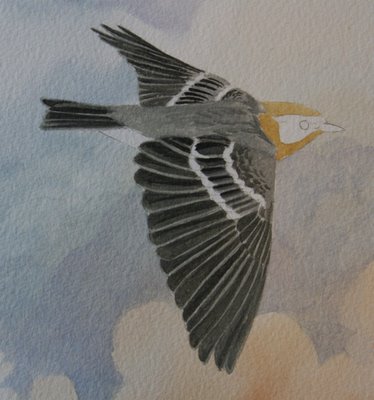
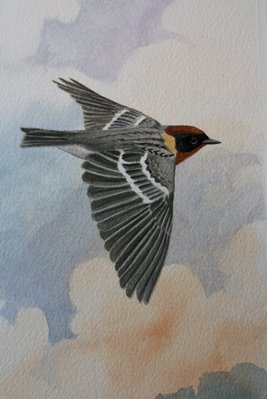
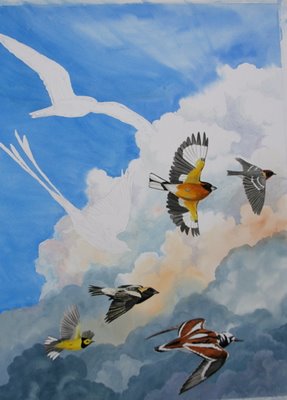
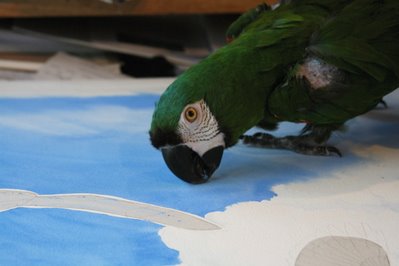
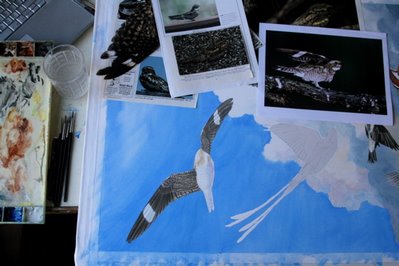
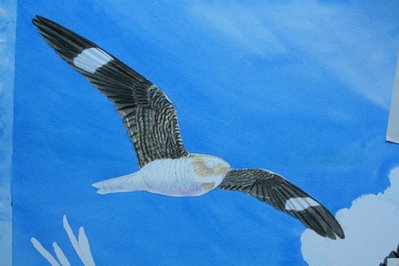
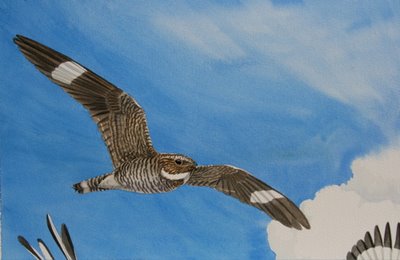
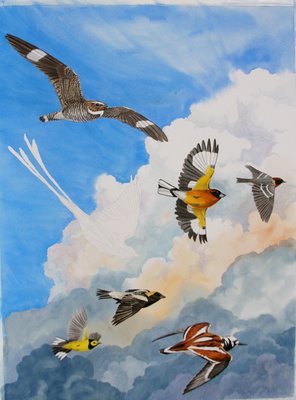
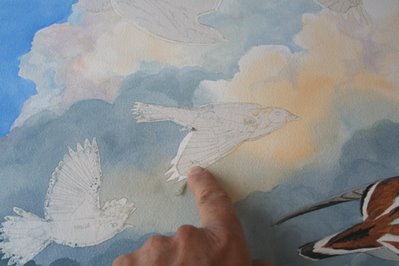
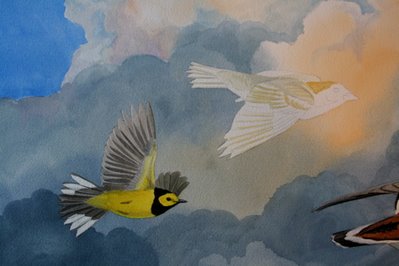
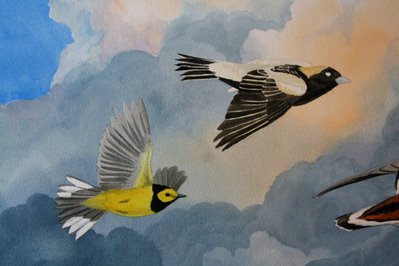
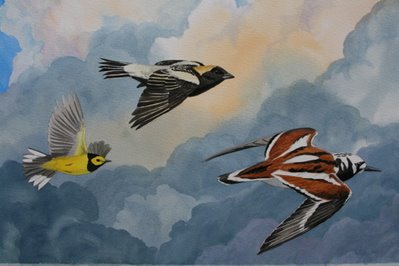
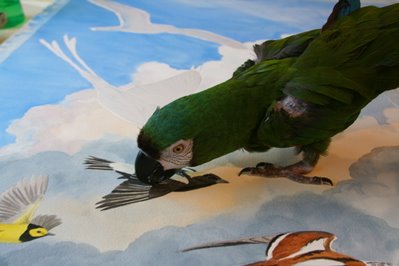
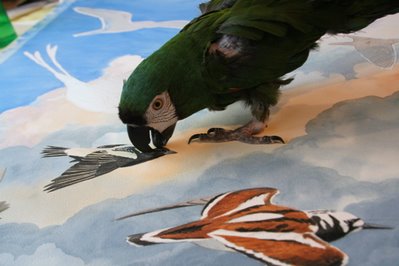







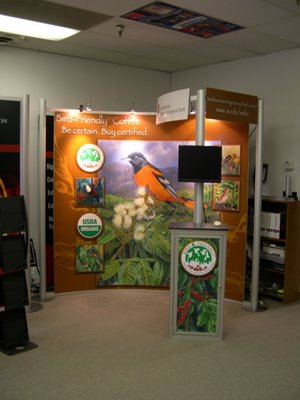
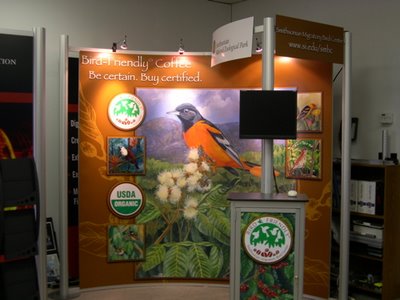
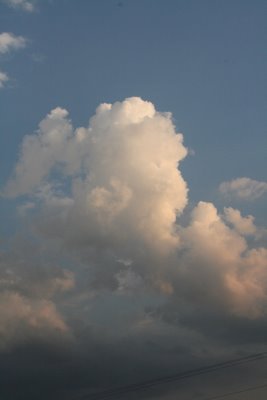
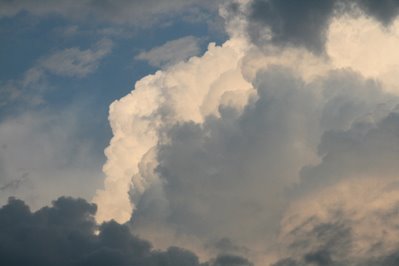
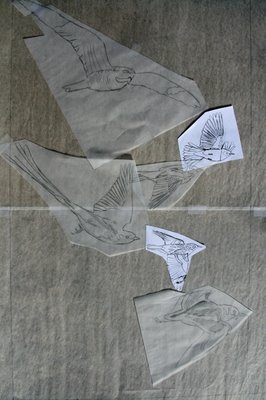
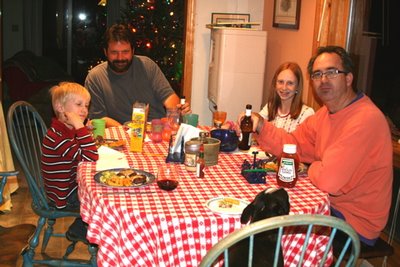
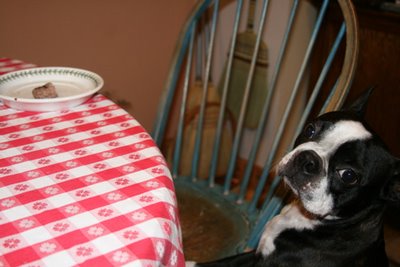
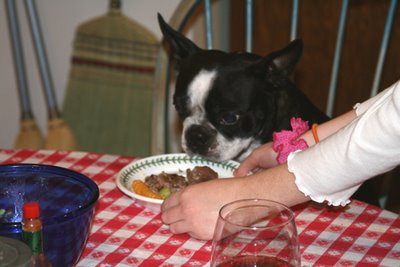
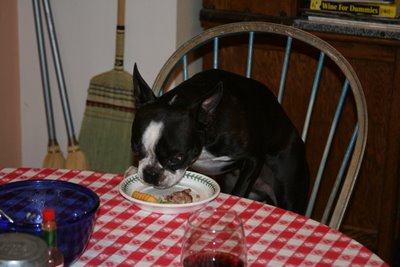
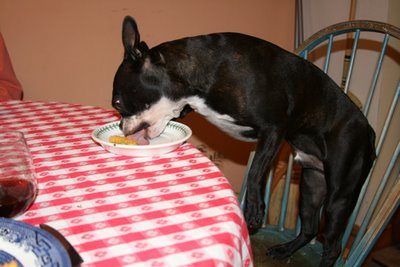
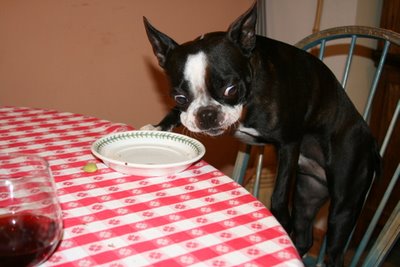
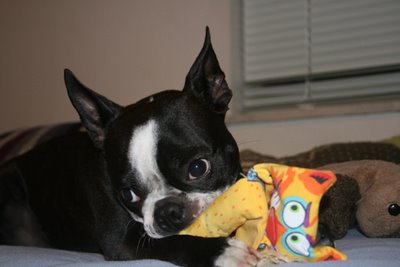
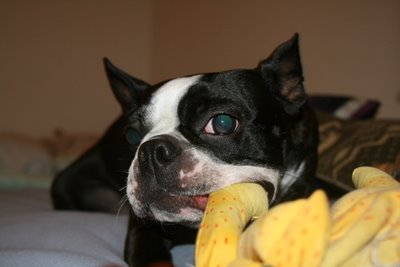
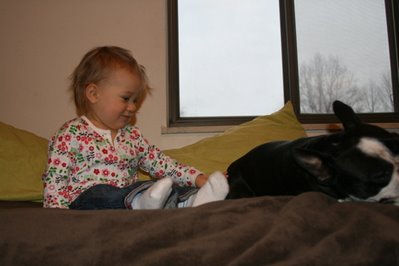
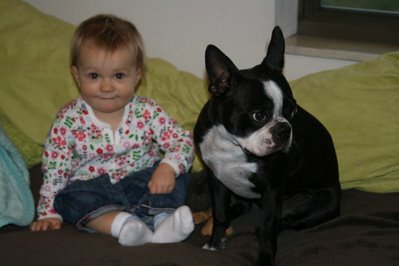
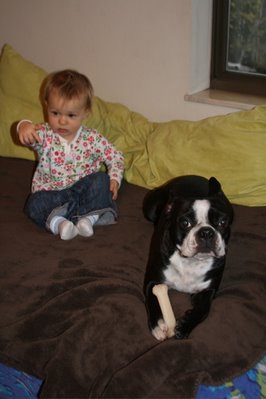
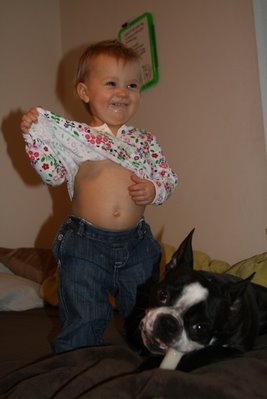
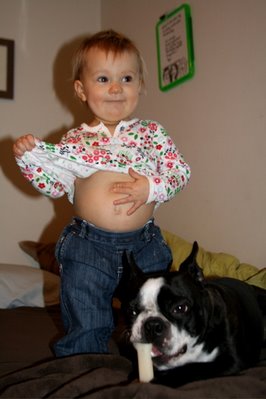
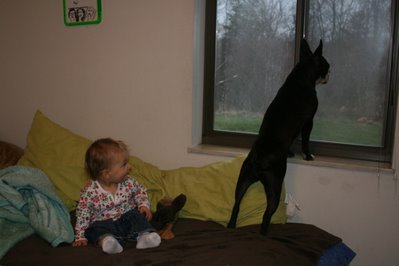
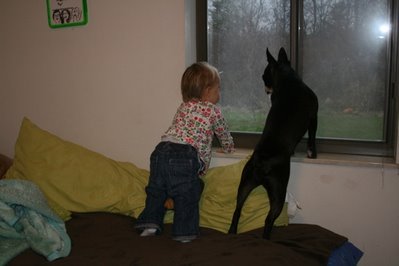
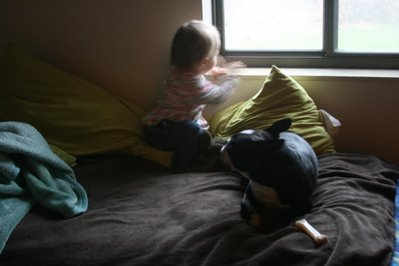
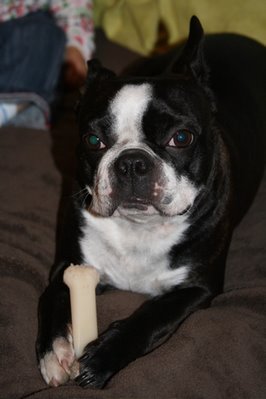
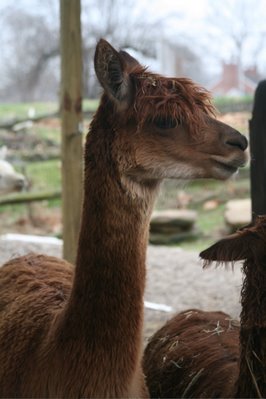
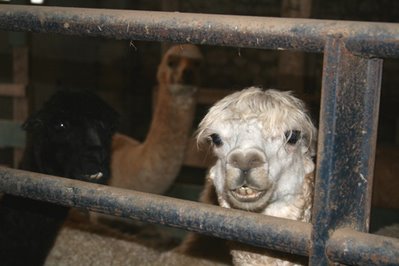
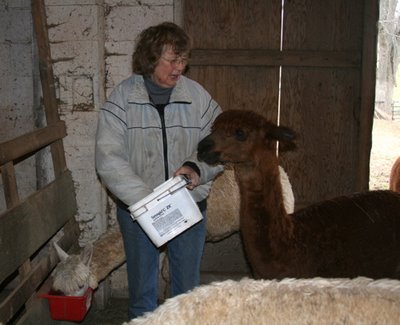
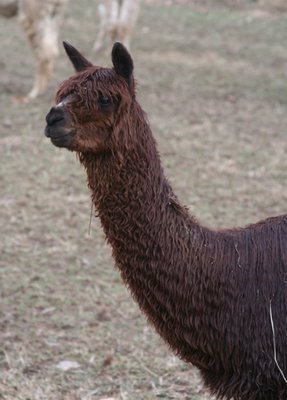
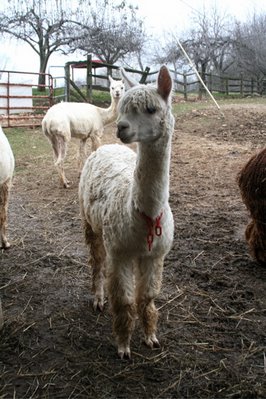
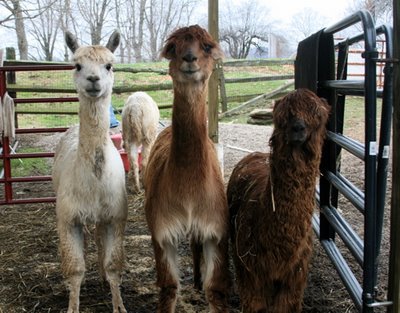
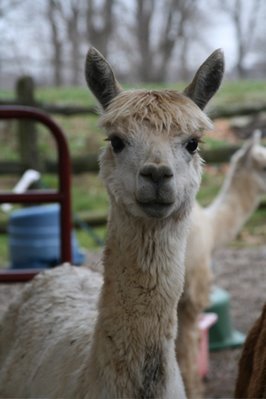
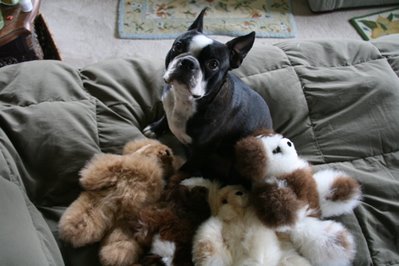
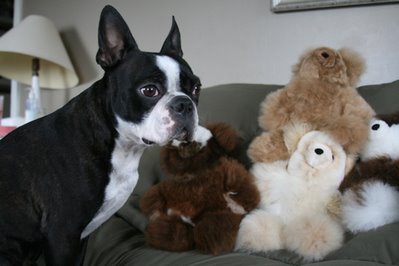
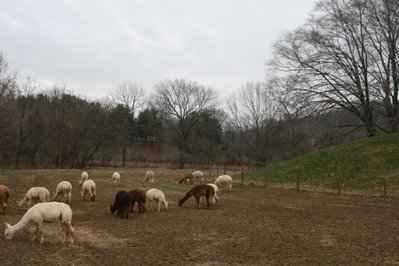
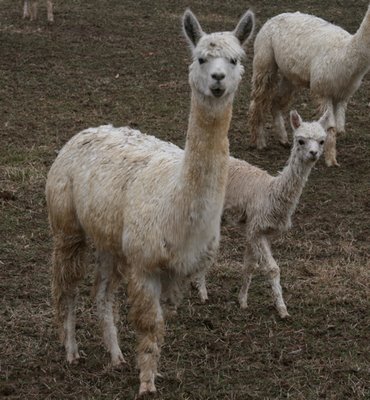






Thursday, January 31, 2008
33 comments